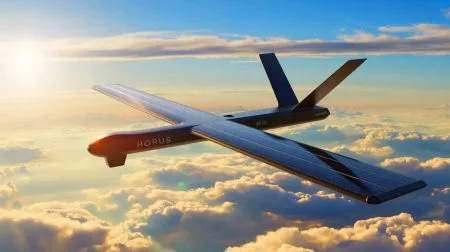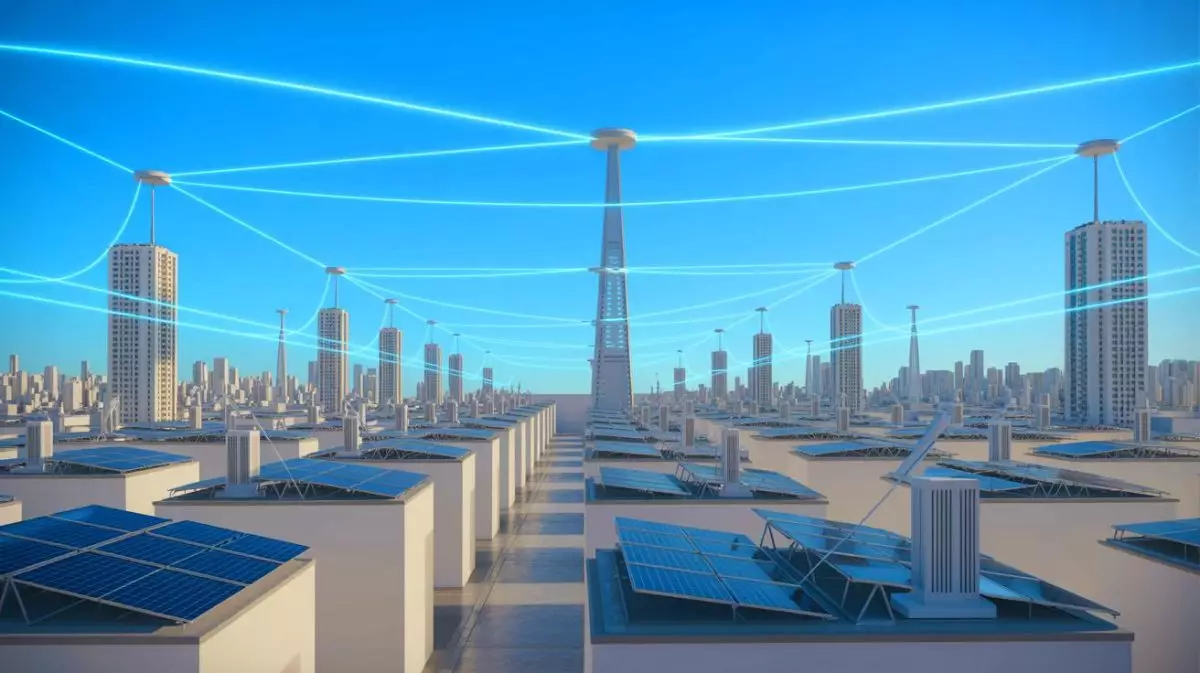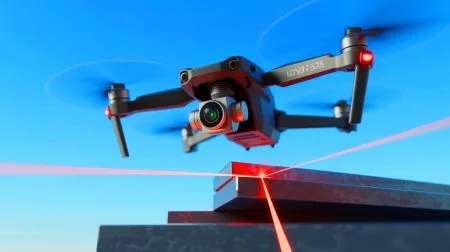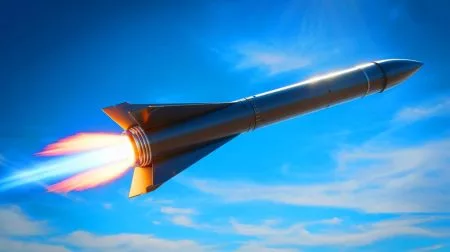| IN A NUTSHELL |
|
Imagine a world where electricity flows through the air, eliminating the need for cumbersome wires and infrastructure. This vision, once a distant dream, is now on the brink of reality thanks to advancements in wireless power transmission. Since the dawn of the electrical age with the first power station in Manhattan in 1882, electricity has been intertwined with wires. However, the era of power beaming might soon revolutionize how we power our homes and devices. This article delves into the transformative potential of this technology and the challenges it must overcome.
The Vision of Nikola Tesla: A Century-Old Dream Taking Shape
The dream of transmitting electricity wirelessly is not new. Nikola Tesla, in 1901, envisioned a world where power could be sent across vast distances via the Earth’s ionosphere. Despite Tesla’s groundbreaking ideas, the technology was too advanced for his time, leading to the project’s abandonment and contributing to his financial ruin. However, the seeds of his vision were planted.
In the 1960s, concrete experiments began to explore this concept. William C. Brown, in 1964, succeeded in flying a small helicopter powered solely by microwaves. By 1975, in collaboration with NASA, he transmitted 30 kilowatts over a mile, albeit with only 50% efficiency. Today, the miniaturization of components, advancements in laser technology, and an increased focus on renewable energy have reignited interest in electromagnetic power transmission.
Potential Applications and Challenges
The applications of wireless power transmission are vast and varied. From powering satellites and drones continuously to recharging electric vehicles on the move, the possibilities are endless. Remote areas could receive energy without the need for heavy infrastructure, and backup generators could be replaced by receiving antennas. Systems like EMROD in New Zealand and Reach Power in the USA are working on microwave and radio wave transmissions, achieving up to 95% efficiency with the goal of reaching 99%.
However, several challenges need addressing. Energy efficiency is paramount, as minimizing losses is crucial. Safety concerns must be addressed to ensure no adverse health effects. Additionally, the range of waves can necessitate large receiving antennas, complicating deployment. Despite these hurdles, the potential benefits drive ongoing research and development.
Is a Wireless Future Imminent?
Unlike many scientific innovations that remain theoretical, wireless power transmission already has practical applications. Organizations like NASA are heavily invested, and companies such as Powercast and Wi Charge are testing solutions for powering smart sensors and retail lighting. Japan’s space agency, JAXA, aims to establish a space-based solar power station capable of delivering 1 gigawatt by 2030.
The shift to a wireless power network could happen sooner than anticipated if research and development efforts persist. The possibilities this technology presents are promising, potentially reshaping how we think about energy distribution and usage.
The Road Ahead: A Paradigm Shift in Power Distribution
As we stand on the cusp of a new era in power distribution, the implications of wireless electricity could be profound. It could redefine energy access, making it more sustainable and efficient. However, the journey from concept to widespread adoption requires overcoming significant technical and regulatory hurdles. The collaboration between scientists, engineers, and policymakers will be crucial in navigating this path.
As technology continues to evolve, one can’t help but wonder: How will wireless power transmission redefine our relationship with energy and shape the future of human civilization?
Did you like it? 4.5/5 (21)








Wow, wireless electricity sounds like something out of a sci-fi movie! 😮
How safe is it to have electricity beamed through the air? 🤔
This is amazing! Finally, no more tangled cables behind my TV. Thanks for sharing!
Can we expect this technology to be affordable for everyone, or will it be luxury? 🤑
Is there a risk of interference with other wireless devices?
Thank you for the insightful article! I’ve always been fascinated by Nikola Tesla’s ideas.
I’m skeptical. If this is so close to reality, why aren’t we seeing it in action yet? 🤨
Does this mean we can charge our phones without a charger soon? 💡
The potential sounds great, but how long until it’s actually implemented in homes?
Are there any health risks associated with this technology? I hope it’s safe! 😬
Hmmm… reminds me of those old sci-fi novels where everything was wireless.